Revolver by The Beatles
Buy Revolver As many times as I’ve heard someone say they love The Beatles, I have heard someone else say they think they are overrated. To a generation of listeners raised in the […]
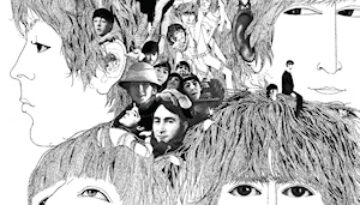
Buy Revolver As many times as I’ve heard someone say they love The Beatles, I have heard someone else say they think they are overrated. To a generation of listeners raised in the […]
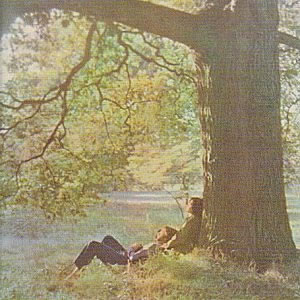
Buy John Lennon/Plastic Ono Band Our third and final installment of the “Life After Beatles” series looks at the critically acclaimed debut record by John Lennon called John Lennon / Plastic Ono Band. […]
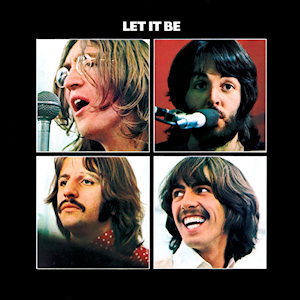
Buy Let It Be Released less than a month after the announcement of their breakup, Let It Be was a unique release by The Beatles on several fronts. First, the bulk of the […]
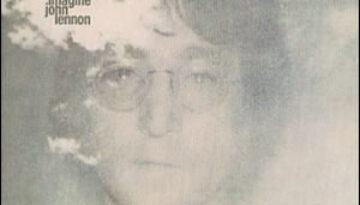
Buy Imagine Imagine, the second full post-Beatles album by John Lennon, kicks off with an idyllic song envisioning a utopian world where there is no conflict and everyone agrees. Sounds pretty good on […]
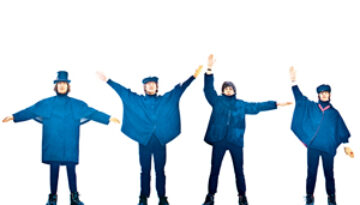
Buy Help! Their fifth overall studio album, Help!, is perhaps the final of The Beatles‘ pop-centric, “mop-top” era records released over the course of 30 months. Still, the group did make some musical […]
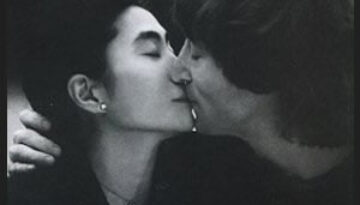
Buy Double Fantasy Released just three weeks before he was murdered, Double Fantasy was at once John Lennon‘s great comeback effort and tragic final release of his lifetime. The album was a true collaboration […]

Buy Abbey Road Short of careers cut short by tragedy, there are very few times in rock history where a band or artist finished with their greatest work. Abbey Road, the eleventh and […]